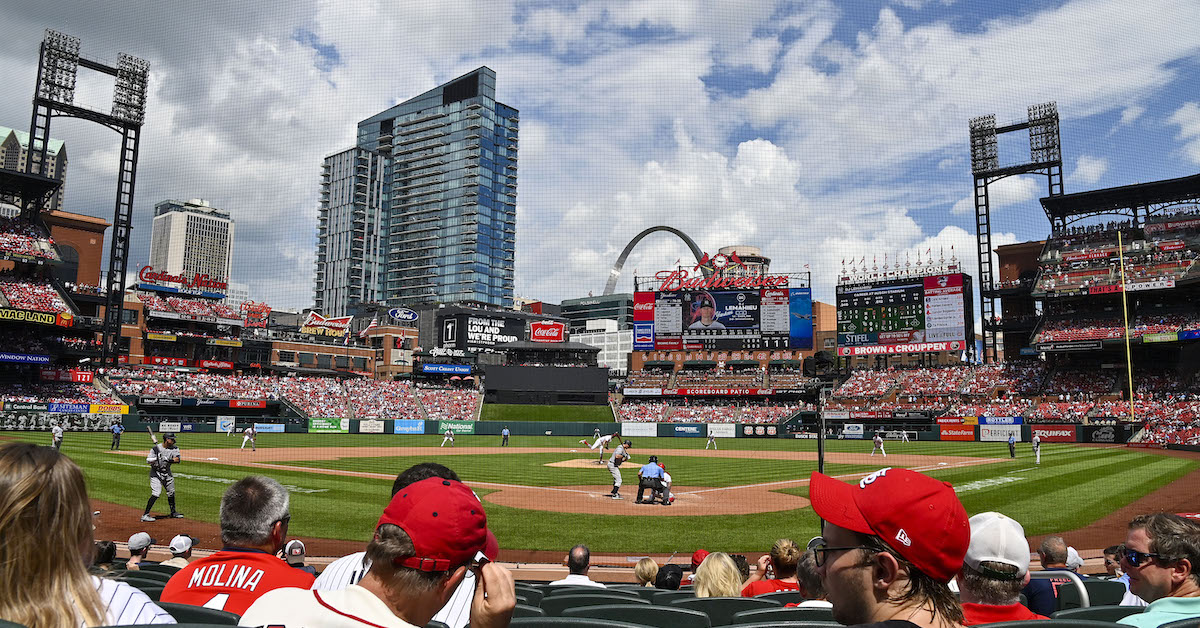Sunday Notes: On KC’s Roster Bubble, Matt Duffy Ponders a Front Office Future
Matt Duffy is in camp with the Kansas City Royals on a minor-league contract, and as is common for veteran players in his situation, he has multiple opt-out clauses. Whether he ends up exercising any of them remains to be seen. The 32-year-old infielder is on the bubble with days left before the start of the regular season, and even if he doesn’t make the Opening Day roster, there is a chance that he would accept a Triple-A assignment with a call-up in mind. All Duffy knows for certain is that he wants to keep playing.
“I’ve kind of made the decision that they are going to have the rip the jersey off of me,” said Duffy, who has battled injuries throughout his seven big-league seasons. “If I were to call it a career at some point in the next five years, I would find myself saying, ‘Man, I wish I’d have played one more year.’ Life post-baseball is going to be so much longer than anything the grind can throw at me. At the end of the day, I really enjoy what this game does for me in terms of pushing me to learn something new.”
Duffy is 12-for-36 on the spring, and he can provide more-than-adequate defense at multiple positions. Assuming he can stay healthy, he can help a big-league team — be it the Royals or someone else — for the foreseeable future. Even so, he knows that the clock is ticking. While many players who are asked about their post-baseball plans deflect the question, Duffy is forthcoming on the subject. Read the rest of this entry »







